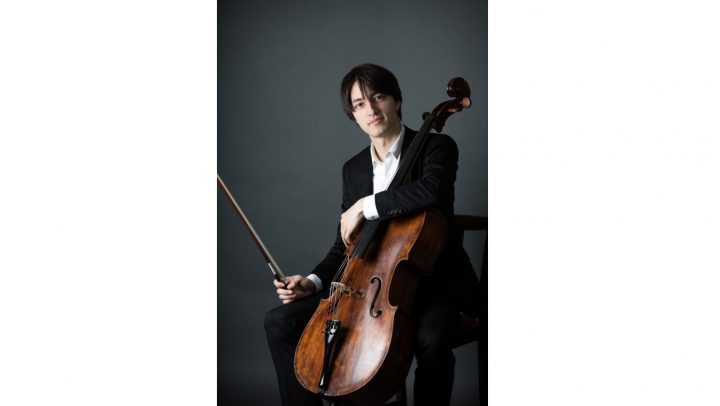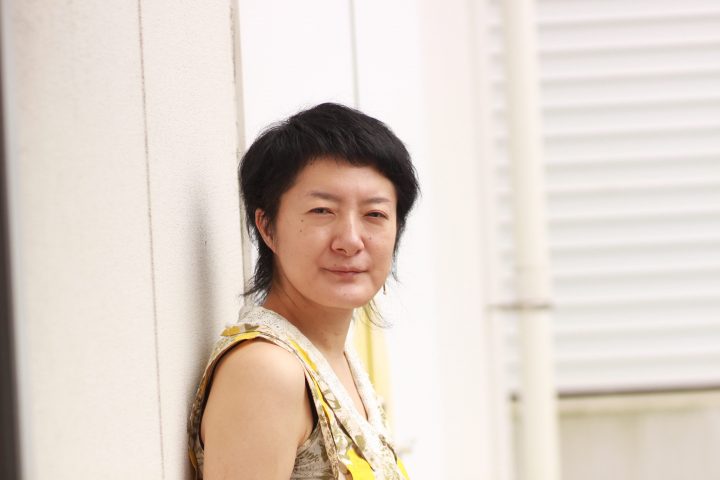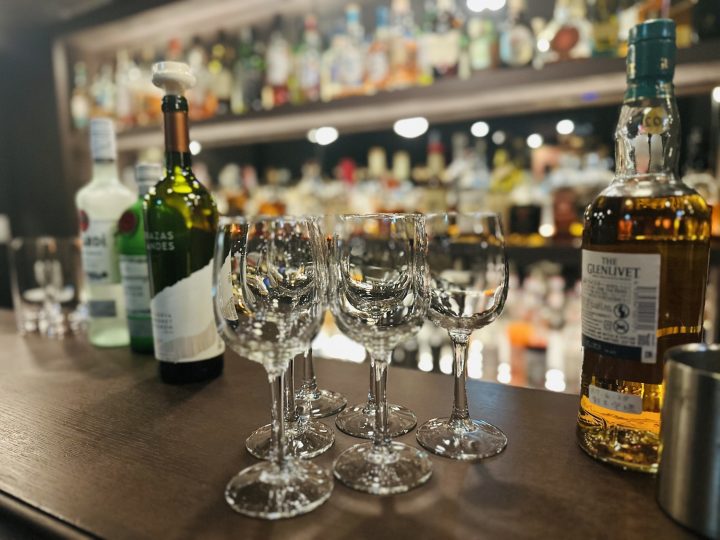Saxophonist Kongo Toku: Walking through the Yamate landscape with music
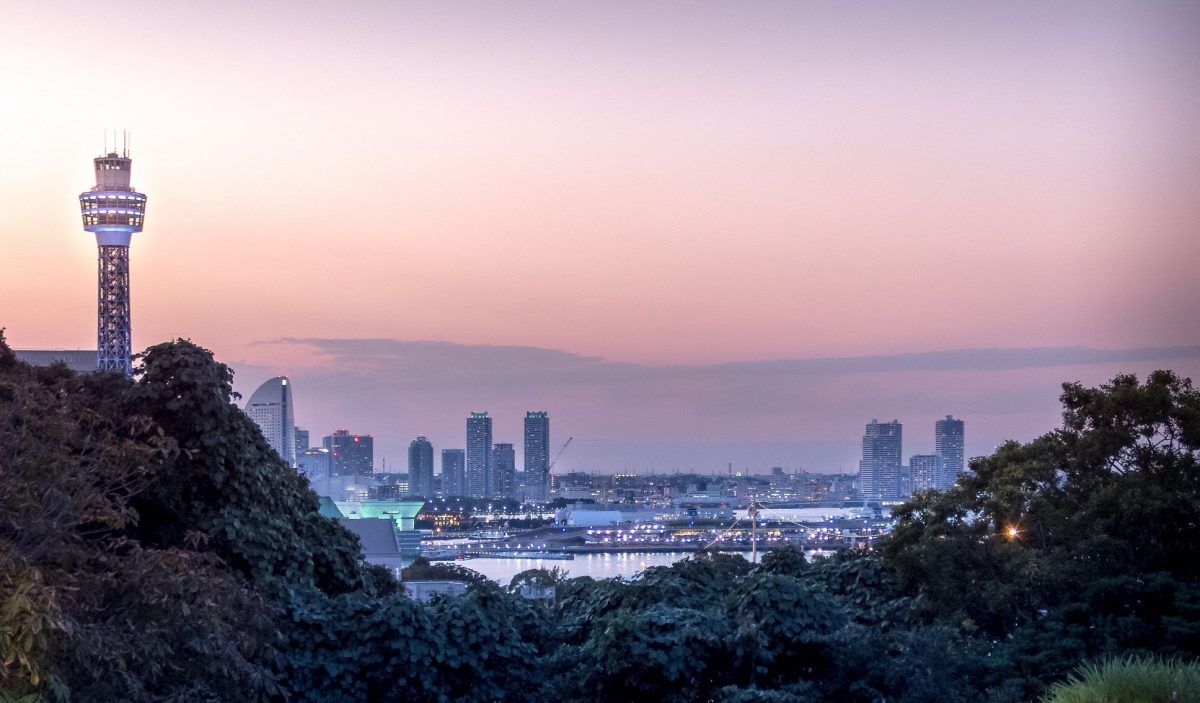
I was asked to write a column on the theme of "Kanagawa and Art," so I decided to write mainly about the Yamate district of Yokohama, which is my favorite walking route and where I often have the opportunity to perform.
Before that, let me first give a brief introduction to our musical unit.
We are a somewhat unique trio consisting of piano, cello, and my saxophone. The unit is called the Shanti Dragon Trio, and each member lives in Yokohama and Kamakura. Each member is also involved in various musical activities outside of this trio.
SHANTI DRAGON 3
Piano Composition and Arrangement: Akemi Hayashi
Cello Christopher Satoshi Gibson
Sax King Kongo
The songs performed are diverse, ranging from world songs and Japanese songs to children's songs, folk songs, popular songs, film music, classical music, originals, and more.
Returning to the main topic, there are many historic Western-style buildings along Yamate Hondori, the main street of the Yamate district. These include Bluff No. 18, the Diplomat's House, Berrick Hall, Ehrisman House, Yamate No. 234, Yokohama British House, and Yamate No. 111. Each Western-style building has its own unique structure and style, and many of them have pianos, which is where our unit has many opportunities to play.
We have had the opportunity to hold summer concerts at Bluff 18 several times. The piano there is a 100-year-old piano (a domestically produced Matsumoto piano) that was made to fit the dimensions of Japanese houses at the time, with a few fewer keys than usual, but it still resonates beautifully with its very lyrical tone.
At the Berrick Hall, we performed a collaboration between music and French cuisine. A French cooking class instructor from Yokohama Motomachi prepared small dishes for about 80 people, including guests, staff, and performers. After the performance, all the guests sampled the food. Of course, we and the staff also ate, and the food was delicious in the aura of the Western-style building.
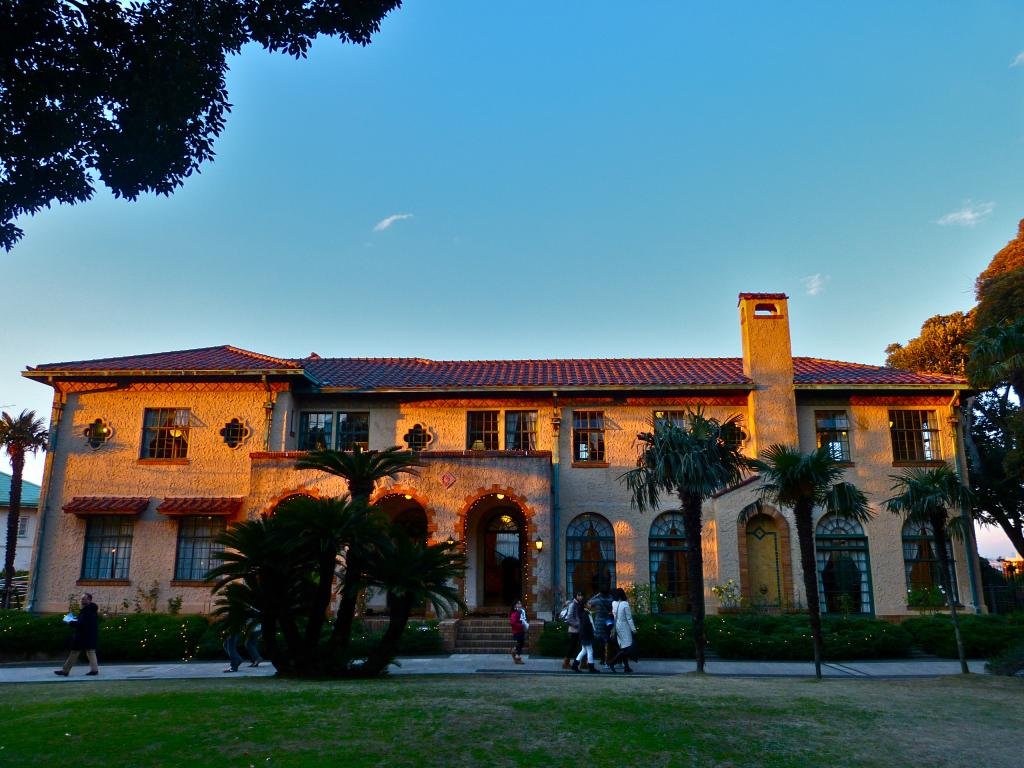 Provided by: JapanTravel.com
Provided by: JapanTravel.comThe neighboring Western-style building, the Ehrismann House, is built within Motomachi Park. The basement is a hall, and the performance will be held while looking out at the greenery of the park through the windows. Last year, due to the COVID-19 pandemic, the venue was reduced to one-third of its capacity to hold a concert commemorating the 90th anniversary of the opening of Motomachi Park.
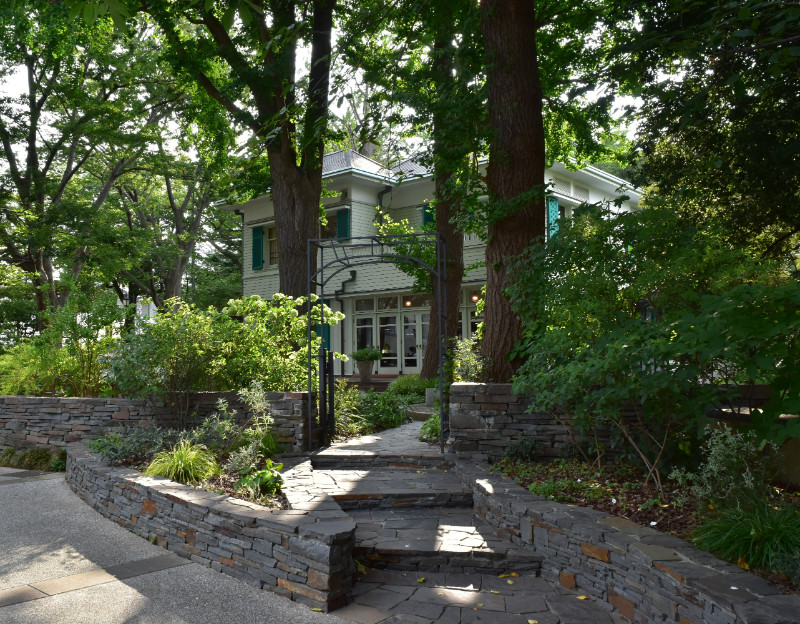
Just past the Ehrismann House, past the Foreign Cemetery and next to Minato no Mieru Oka Park, is the Yokohama British House. We have also held many concerts here. The gardens visible from the windows of the hall are very beautiful, and the rose concerts in the adjacent rose garden, the English Rose Garden, are fond memories. The sweet scent of roses wafting through the air during the performance was wonderful.
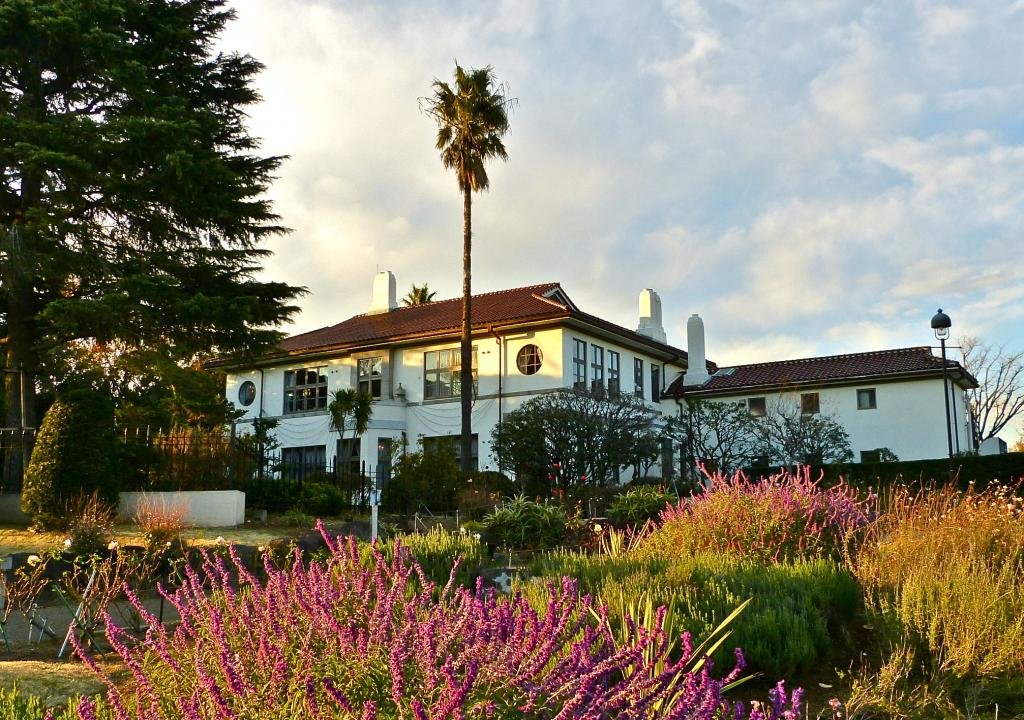 Provided by: JapanTravel.com
Provided by: JapanTravel.comIn front of the Yokohama British House is the Yokohama International School, and near the Ehrisman House is the Saint-Maur International School, and all three members are involved in instrumental lessons at each school. Incidentally, Shanti Dragon Trio member Christopher graduated from Yokohama International School and then went on to college in the United States.
I mainly play the saxophone, but I have one student who plays the trumpet. After six years of lessons, he studied abroad and returned to Japan, where he is now working as a respectable member of society. Although I am not an expert on brass instruments, by the time the student graduated, he was able to play Haydn's Trumpet Concerto. This is the result of the student's hard work.
The history of wind instruments in Japan, such as trumpets and saxophones, actually began in this Yamate area. British and French troops were stationed in this area as the era changed to the Meiji period, and the military had their own musical corps. They were known as military bands.
The military band performed in Yamate Park, and at Myokakuji Temple on the way down from Yamate to Honmoku, students of Western music from the Satsuma Domain received instruction from the military bandmaster of the British Army stationed in Honmoku, Yokohama, and this is said to be the beginning of wind bands in Japan.
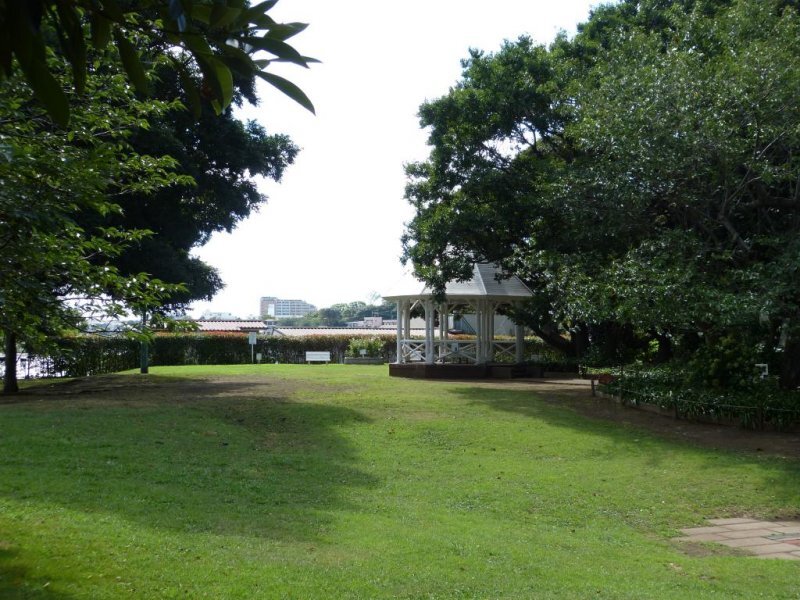 Provided by: JapanTravel.com
Provided by: JapanTravel.comMy previous job was making and researching wind instruments, so this Yamate area has a special meaning to me, even outside of playing. Now that Yokohama is changing rapidly, Yamate Hondori is one of the few places that still retains the feel of the old Yokohama. And this Yamate area of Yokohama gives us a special tension in our performances.
Shanti Dragon 3 intends to deliver even more fascinating performances from here in Yokohama.
【profile】
Shanti Dragon Trio
Shanti means "inner peace" in Sanskrit. The dragon is not the dragon as it is perceived in the West, but a dragon that symbolizes auspicious power in Asia and is the god of water.
Shantey Dragon was originally a duo consisting of pianist Akemi Hayashi and saxophonist Toku Kongo, but when cellist Christopher Satoshi Gibson, who was also Hayashi's piano and solfeggio student, joined, the group was called Shantey Dragon 3.
The trio began with the Yokohama Museum of Art Hall concert at Yokohama Art Live 2003, and the recording of the CD "Yume Futa Ya" composed by Akemi Hayashi in the same year. In addition, they have been actively involved in volunteer performances at facilities for the disabled.
Christopher Gibson left Japan to attend a university in the United States, putting the trio on hold for a while, but after returning to Japan and working in various scenes, he rejoined Shantae Dragon in 2019. They resumed activities as Shantae Dragon 3.
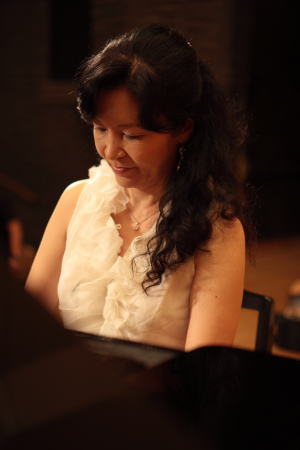
Pianist, composer and arranger. Born and living in Yokohama.
From an early age, she started playing the piano and electronic organ, and studied piano under her relatives, Jo Matsutani and Midori Matsutani. Under their guidance, she was exposed to a wide range of music, from classical to contemporary music, pop, and jazz, and began performing while still a student at a music college.
After graduating from a music college, he worked at the Yokohama Contemporary Music Academy and other institutions, as a music school instructor, and as a solfeggio instructor for the Yokohama Municipal High School Brass Band, before establishing Maple Piano School (Isogo-ku, Yokohama). Utilizing his career as a piano instructor and experience as a player, he strives to teach the next generation of piano players, from children to adults.
They perform at concerts sponsored by Yokohama City, Yamate Western-style Houses (British House, Berrick Hall, Bluff No. 18), Sankeien Garden "Moon Viewing Concert," Yokohama Jazz Promenade, and other venues and live music venues in Yokohama and Tokyo. They often perform original songs, and have released over 100 original songs, including those included on CDs. They have released five CDs to date.
Volunteer performances are also actively participated in.
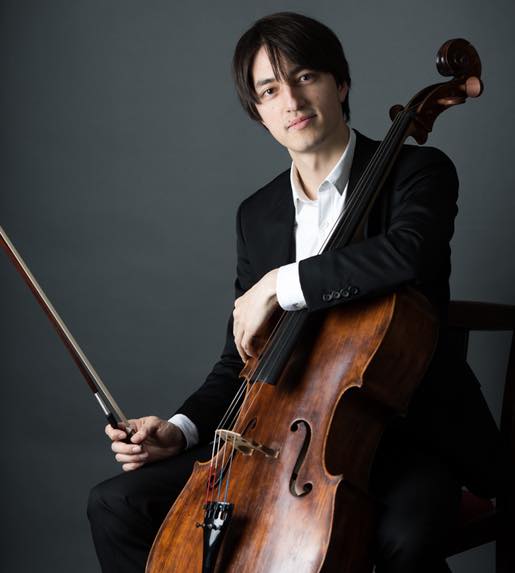
Born in Michigan, USA. Started playing the cello at age 4. Participated in summer programs at Tanglewood, Indiana University, and Interlochen while in high school. After graduating from Yokohama International School, entered Yale University in 2005, double majoring in philosophy and political science.
While studying at Yale, she passed an audition with cellist Aldo Parisot and studied cello under Ole Akahoshi, who was Pierre Fournier's youngest student and Janos Starker's assistant for many years, at the Yale School of Music. She also studied chamber music under Wendy Sharp at the same school. In 2009, she won a prize at the university's FOM competition. In the winter of 2012, when she won a prize at the International Association of Performers' Newcomers Audition, she received praise from violinist Shigemichi Kawabata, one of the judges, for her "performance that allows you to enter the world of the music."
In 2017, under the auspices of the NPO Emotion in Motion, she held the “BACH Solo” unaccompanied cello recital series at the Minato Mirai Small Hall, Tiara Koto, Tokorozawa Muse, and Suntory Hall “Blue Rose”. She has performed with violinist Ikuko Kawai on TV Tokyo’s “100 Years of Music” program recordings and concerts, as well as at BLUE NOTE TOKYO (2020), Cerulean Tower Noh Theater (2019), and Mitsukoshi Theater (2018). She is active mainly in Tokyo, Kamakura, Nagano, and other areas.
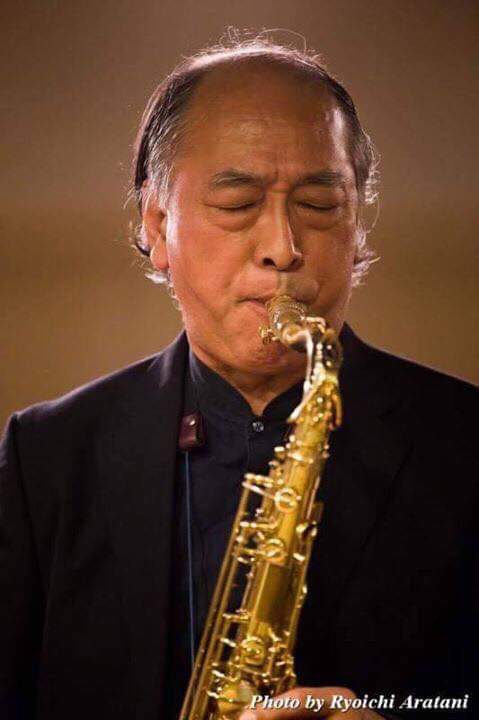
He started playing the saxophone at the age of 12, and studied under Hisatoshi Muta (President of the Japan Band Directors Association, former head of the Tokyo Metropolitan Police Department Band) and Makoto Suda (Professor at Musashino Academia Musicae). He joined Yanagisawa Wind Instruments Co., Ltd., one of the three largest saxophone manufacturers in the world.
After working in instrument manufacturing, research, instruction and management, he went independent. In 1995, he established Congo Saxophone Studio and began offering saxophone repair, lessons and performance services. In 1997, his CD /OUR TRIBAL MUSIC won him the Jazz Life magazine Best New Artist Award. He was appointed by the Yokohama City Board of Education to teach at Yokohama Minato Commercial High School for four years. In addition to concerts and recordings at the Yokohama Museum of Art Hall, Minato Mirai Hall, Kanagawa Prefectural Music Hall, Sankeien Garden, Yamate Seiyokan and other venues, he also actively volunteers at Yokohama City University Hospital and facilities for the disabled and welfare facilities in Tokyo, Kanagawa, Kyushu and Hokuriku.
He has performed with top Japanese musicians, musicians from the UK, Italy, Switzerland and France, calligrapher Suisen Nakatani, dancer Kazuo Ohno, actor Stiart Burnham Atkin, reciter Akira Kodama, Important Intangible Cultural Property Holder Bokusei Mochizuki, and many others, often across genres. He also teaches a citizen saxophone ensemble that plays mainly Bach chorales.
Several CDs and DVDs have been released so far.
